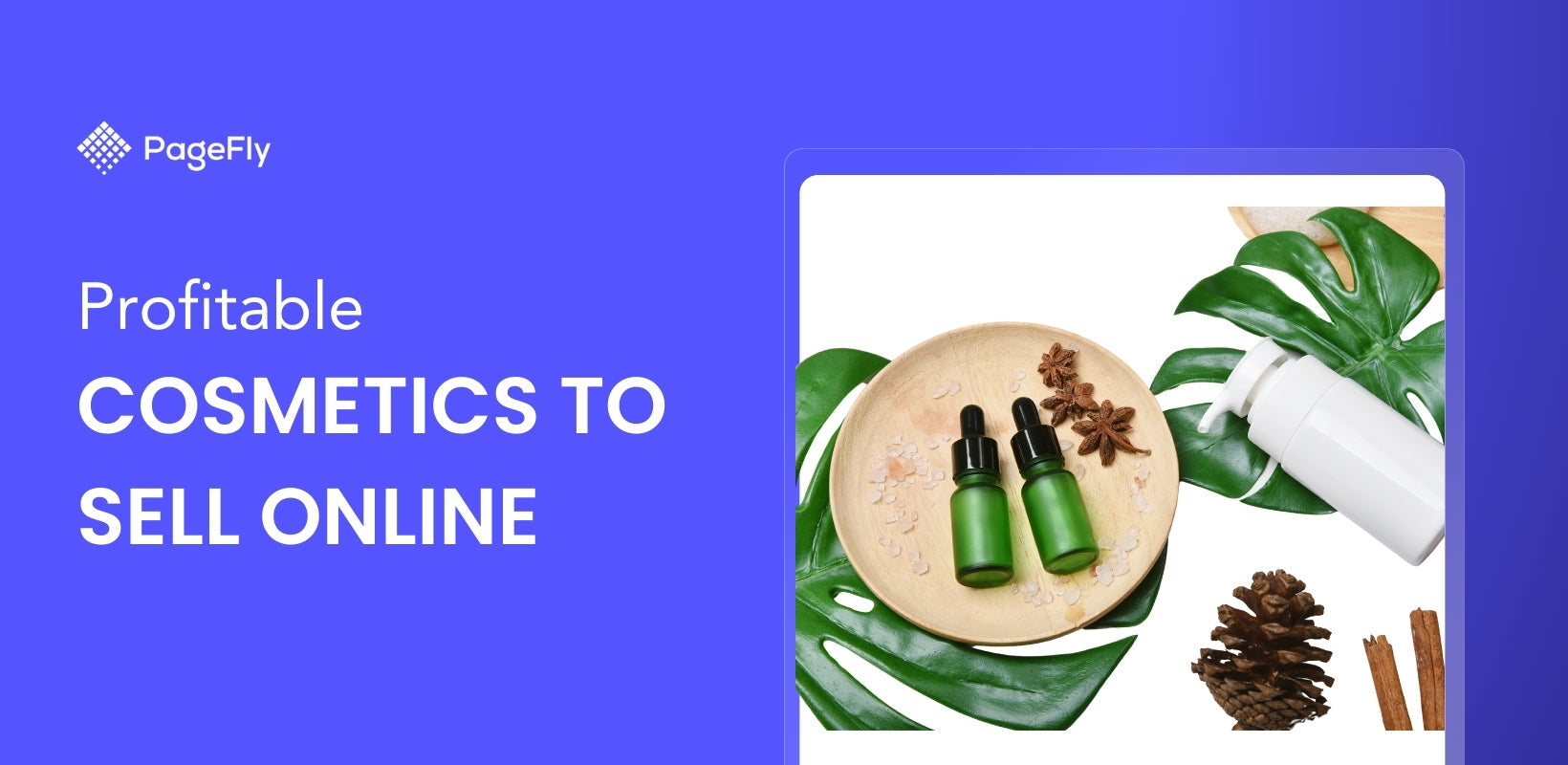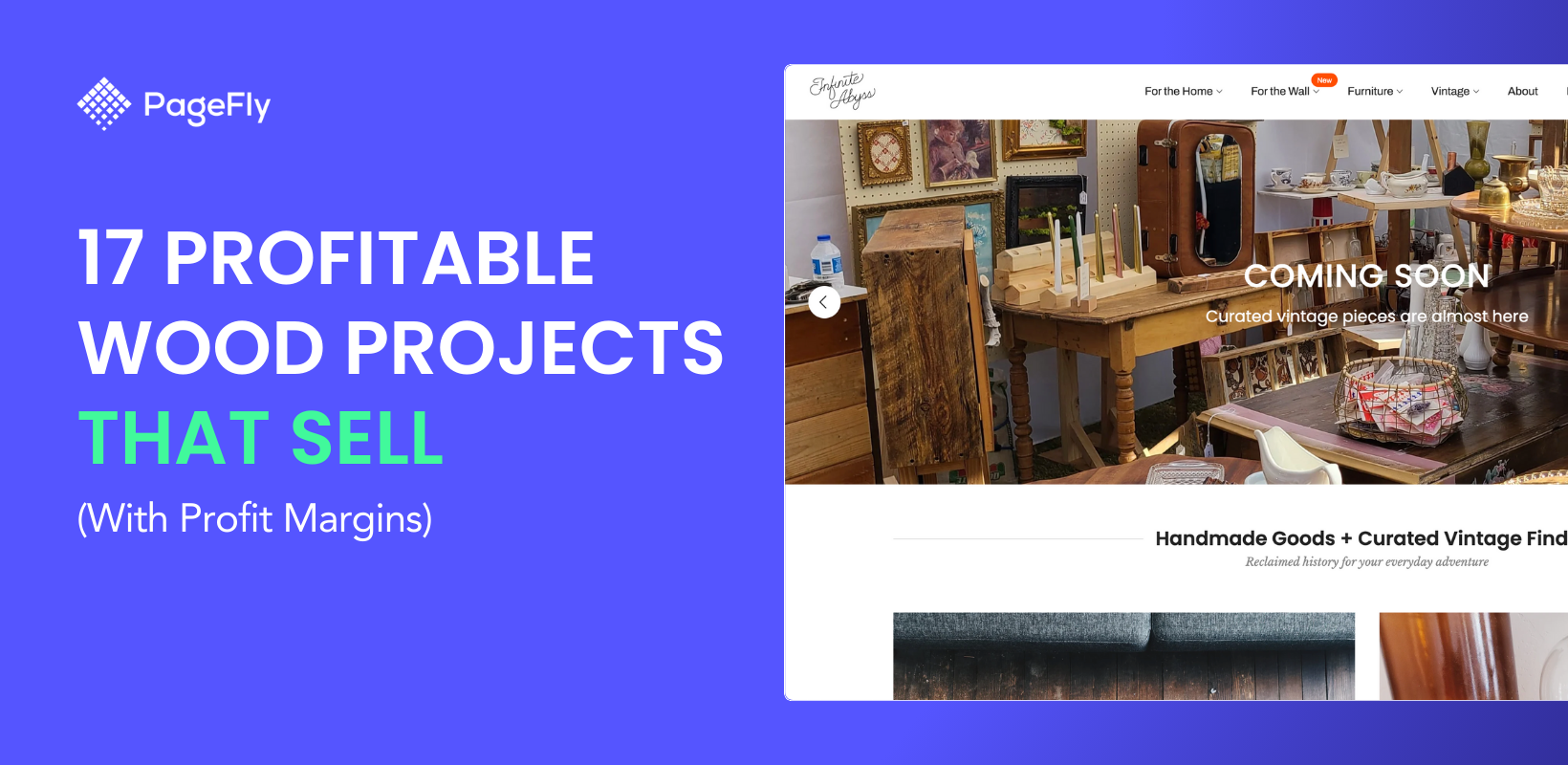Finding the right suppliers is a crucial step when setting up an eCommerce store. Knowing the products you want to sell is one thing, but figuring out how to find suppliers for your ecommerce business at the right price and reliability is another.
So, where can you start in your quest to find a dropshipper, wholesaler, or manufacturer for your online venture?
That's the crux of this article.
We'll discuss the methods and strategies to pinpoint the right supplier, and debate the pros and cons of sourcing products locally versus internationally. Moreover, we'll highlight the considerations you need to bear in mind when choosing a supplier.
Ready to explore? Let's begin.
Outline
- Which Type of Supplier Are You Looking For?
- Deciding on the Location of Your Supplier
- How To Find Dropshipping and Wholesale Suppliers for Your Online Store
- What To Look For in a Wholesaler or Supplier
- Do Your Due Diligence
- Order Samples
- Establish Your Primary Contact
- Choosing a Wholesale Supplier for Your eCommerce Store
Which Type of Supplier Are You Looking For?
The first step is determining the type of supplier you need for your online store.
Some wholesale suppliers provide fulfillment solutions, while others strictly deal in the bulk sale of goods. Knowing what you need for your online business can help you narrow in on the right eCommerce suppliers.
There are three main options for sourcing eCommerce products and fulfilling customer orders.
Wholesaler (Self-Fulfillment)
When you choose to use wholesale distributors, you are usually responsible for shipping the products to your customers when you make a sale.
The wholesale supplier will ship to you. Then, you need to handle the packing and shipping of the goods to your customers.
This means you have more control over the fulfillment process. For example, you know exactly how many products you have left, so there’s no risk of making a sale and finding out your supplier cannot fulfill the order.
By buying in bulk, you should also be able to secure lower wholesale prices.
But there are other factors to consider.
You’ll need a warehouse or secure space to store the products before selling them. There’s also a greater financial risk as you’ll typically need to pay upfront and carry the inventory until you sell all the products through your online store.
Dropshipping
The alternative to working with wholesale suppliers is to adopt a dropshipping model for your online business.
With dropshipping, you don’t need to store and ship the products you sell. Instead, your supplier will handle the fulfillment process. When somebody buys from your online store, your supplier ships the product directly to the customer.
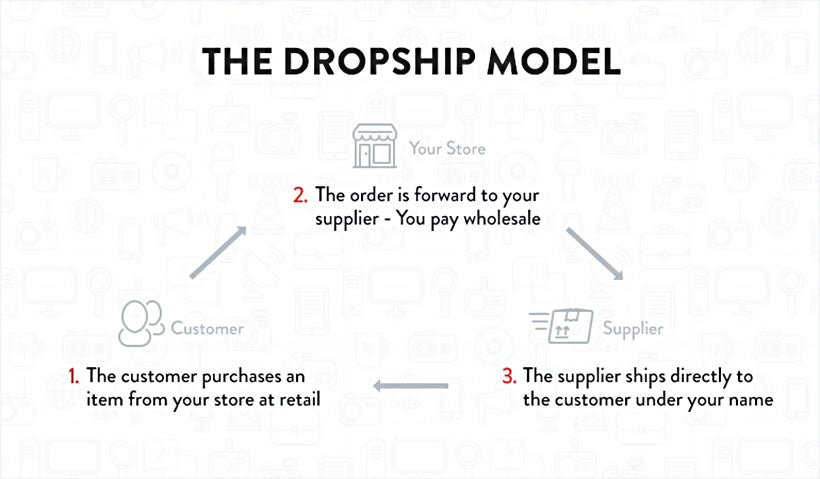
Source: salehoo.com
Dropshipping has much lower upfront costs as you only pay the supplier when you make a sale. There are also fewer overheads as you don’t need to store and ship any inventory.
The downside is that margins are typically lower when it comes to dropshipping. Some wholesale suppliers also have a minimum order quantity, so you’ll need to look for companies that offer dropshipping services.
Third-Party Fulfillment
The third option is to use a third-party fulfillment service.
With third-party fulfillment, you will need to source the products from a wholesaler and then arrange for the items to be shipped to a third party willing to handle the distribution to your customers.
When somebody buys from your online store, your fulfillment partner handles the packing and shipping of the product to the customer.
The most popular third-party fulfillment service is Fulfillment by Amazon (FBA).
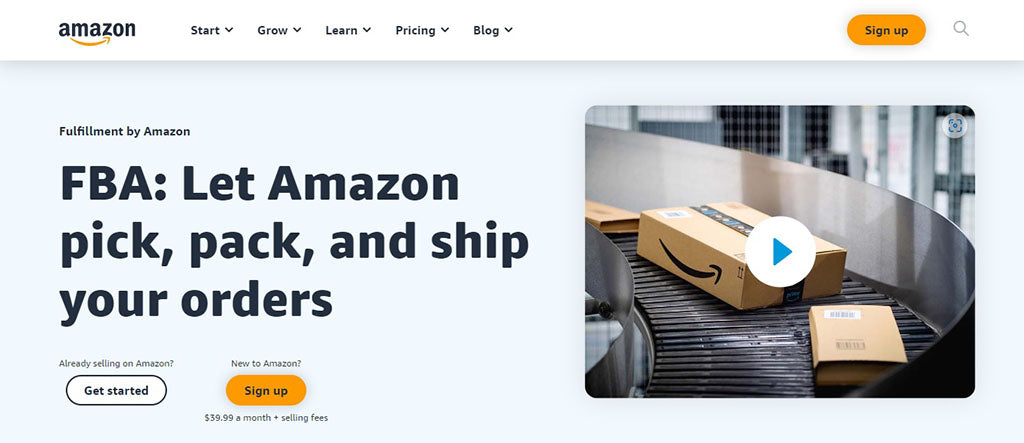
In the last published reporting period in 2018, 73% of all Amazon sellers in the U.S. utilized FBA.
This model has a lot of benefits, but you’ll need to factor in the costs of working with a fulfillment company. The upfront cost is much higher with third-party fulfillment.

Deciding on the Location of Your Supplier
Next, you’ll need to consider the location of potential suppliers for your eCommerce business.
Many eCommerce entrepreneurs look for suppliers in China as the cost per unit is typically much cheaper than local manufacturers.
There are eCommerce platforms like Alibaba that can help you connect with Chinese wholesale distributors.
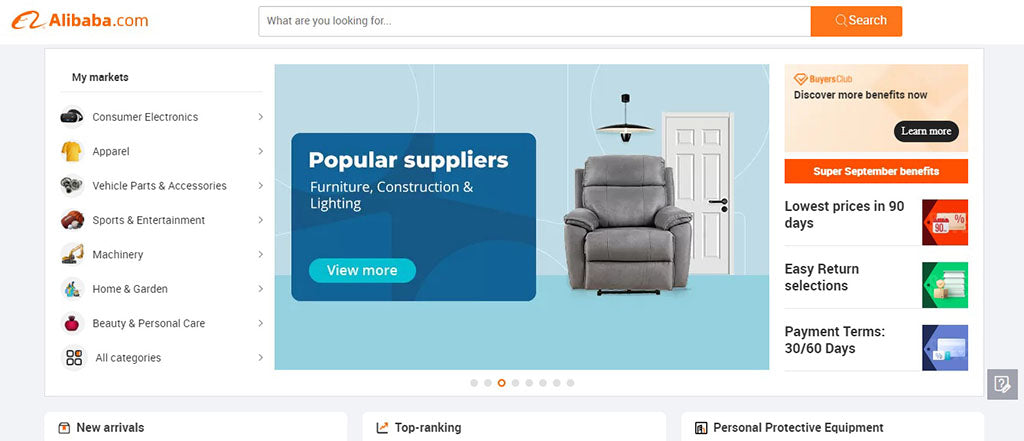
But there are also risks that come with sourcing your products from an overseas supplier.
Booking a flight to go and visit a supplier in China isn’t generally a viable option. So you’ll need to negotiate pricing online and be extra careful when conducting due diligence.
A quick look at Trustpilot reviews shows that many buyers have been left disappointed by the quality of the items they have ordered from Alibaba suppliers.



You’ll also need to account for the additional shipping time and cost. It’s also important to learn about customs fees and other expenses you might incur importing goods.

How To Find Dropshipping and Wholesale Suppliers for Your Online Store
We’ve covered the preparation and decisions you need to make before you begin your search for a supplier.
Now we’re ready to look at the methods you can use to find the best wholesale suppliers.
If you’re looking for a local manufacturer, you can start your search with the local chamber of commerce. These organizations help local business owners to connect with each other.
You can also attend trade shows to find suppliers in your area.
While these are valid options, most eCommerce entrepreneurs expand their search online to find a greater range of products and more competitive pricing.
Here are the top three ways to get started.
Wholesale Directories
Wholesale and dropshipping directories can make your search for a vendor much easier. These websites compile lists of thousands of suppliers in a searchable directory.
We’ve already mentioned Alibaba, one of the biggest directories. But it does have issues with the quality of products and reliability of some vendors.
SaleHoo is one of the best Alibaba alternatives, according to reviewers worldwide. It’s a directory that pre-vets suppliers before adding them to the directory. It’s always recommended that you conduct due diligence and order sample products before adding them to your store, but there’s a lot less risk involved if you found the supplier on SaleHoo.
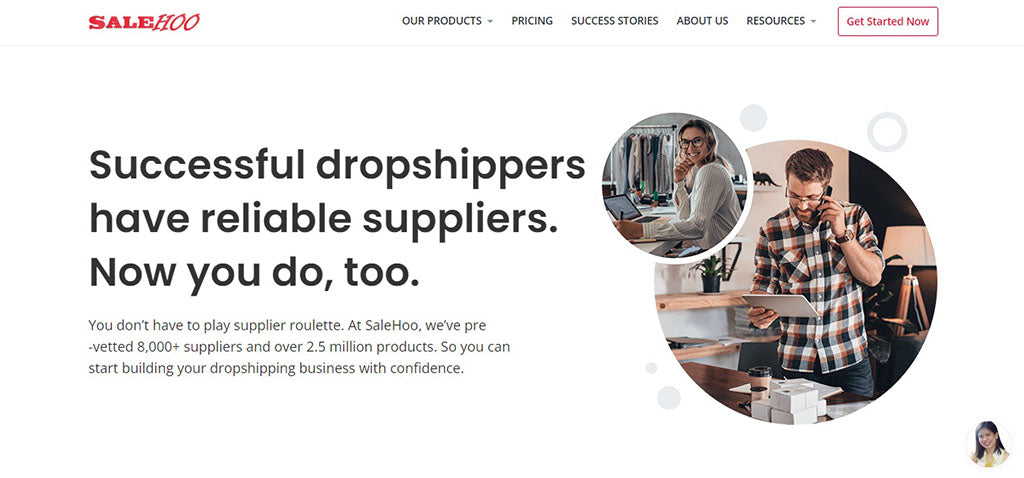
There’s also a huge range of over 1.6 million products in the wholesale supplier directory, including top brands like Sony and Disney. In total, there are around 8,000+ credible suppliers in various niches. It’s not free, but there is a 100% money-back guarantee if you can’t find the suppliers that you’re looking for or aren’t happy for whatever reason.
If you’re interested in creating a website and building a sustainable eCommerce business, SaleHoo’s eCommerce Accelerator provides a program that teaches you how to use dropshipping to identify sell this now product categories that confirm market demand before investing in the product and moving onto wholesaling. You’ll be provided with the courses that teach you how to make this happen along with tools like SaleHoo Dropship and Directory to help you automate dropshipping and reach out to suppliers directly.
Google can be an effective tool for finding wholesale suppliers. But it’s not as simple as typing in your search query and clicking on the top results.
Most eCommerce suppliers don’t invest heavily in search engine optimization (SEO), so they don’t tend to rank highly in Google search results.
You’ll have to scroll down the search engine results page (SERP) and venture onto pages 2 and 3 of results.
It’s also a good idea to use a variety of keywords when searching for a supplier. For example, alongside “wholesaler,” you can try terms like “distributor” and “manufacturer”.
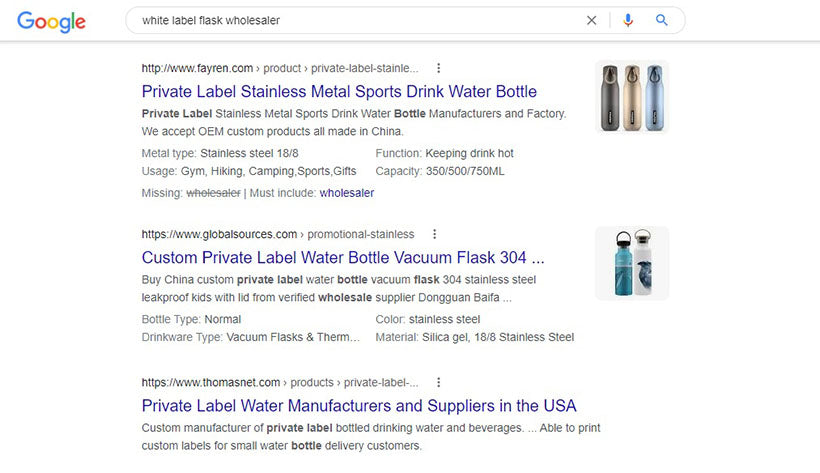
You can find many potential suppliers using this method, but you’ll need to be prepared to spend time scouring search results and websites of different suppliers. Plus, many of them might not be as credible as you think. In short, ‘proceed with caution’ when you use search engines to find your suppliers.
Order From Your Competitors
The third option is effective if you’re looking to find dropshipping suppliers.
If you know the type of product you want to sell and the eCommerce stores already selling the product, place an order with a competitor.
In many cases, you’ll be able to see the return address on the packaging when the product arrives. If the competitor is dropshipping the product, this return address will be the location of their supplier.
Then, you can jump on Google and search for the address.
This method can be a good way to find suppliers in your niche that provide dropshipping services. However, keep in mind that you might be selling the same thing as a competitor.
What To Look For in a Wholesaler or Supplier
Using the above techniques, you should be able to put together a shortlist of potential wholesalers and vendors for your eCommerce store.
But before you place a bulk order or add any dropshipping products to your store, there are a few things you need to consider.
Up-to-Date Technology
If you’re buying from a supplier thousands of miles away, you need to choose a company that uses up-to-date technology to communicate and keep you updated on your orders.
Suppliers use a bunch of tools and integrations that you can add to your eCommerce store to ensure that your orders are managed seamlessly.
With a dropshipping supplier, you should look for vendors that can fulfill orders automatically once a customer purchases from your store. If you need to place each order manually, you’ll find yourself spending hours of your time dealing with emails.
Shipping Arrangements
In an age where a buyer can place an order with Amazon and receive the product the next day, online shoppers’ expectations are higher than ever when it comes to shipping.
The right suppliers for your online store need to be able to ship orders quickly and reliably.
Some suppliers can provide automatic alerts when an order has been shipped and a tracking number so you or your customers know when to expect the delivery.
If you’re dropshipping products from China, you’ll want to find eCommerce suppliers that offer ePacket delivery. It’s one of the fastest and most popular ways to ship eCommerce goods worldwide to 44 eligible countries.
But there are restrictions on the size and weight of ePacket packages that you’ll want to consider when choosing products to sell online.
You can see the size requirements in the diagram below:

Image Source: japanpost.jp
Along with the size restrictions, there is also a weight limit of 4.4 pounds (2 kilograms).
If you’re looking to dropship products from China on your eCommerce website, make sure you check with the supplier that the total size and weight of the package are under the ePacket limits.
Price
If you’re buying products in bulk, you’ll generally get a lower cost per unit. There’s more risk involved when you buy wholesale, but there are greater profit margins.
However, there are other factors that influence price, including the location of the supplier, the exchange rate, and import taxes and tariffs.
You can negotiate with most suppliers to reduce the cost per unit.
For example, one of the best strategies is to get quotes from several suppliers and leverage them against each other in negotiations. This generally works best when buying wholesale, but it is possible to negotiate lower dropshipping pricing.
If the vendor cannot offer a discount on unit price, you can also try negotiating the packing and shipping costs.
Do Your Due Diligence
Before reaching out to a vendor, learn as much as possible about the company online through their website, reviews, and forums.
Once you’ve contacted the supplier, you can request referrals from their existing customers. This is an important step as it can reveal the types of companies the supplier works with and if their clients are happy with the service provided.
Some suppliers may be hesitant to provide customer referrals. There are valid reasons why they may be unwilling to share this information, but it could be a red flag if no explanation is provided.
Order Samples
Once you’ve narrowed in on a few potential suppliers, you should order samples of the products you intend to sell on your online store.
This is a crucial step that many beginners overlook due to the extra cost involved. Ordering a sample allows you to judge the quality of the product in person. You can see if it meets your expectations and determine if your customers will be happy with the product once they make a purchase.
If you’re looking to dropship the product, you’ll also want to see the standard of the packaging and delivery.
Most suppliers will charge a fee to send a sample. But this investment will pay dividends if it helps you avoid buying a large number of low-quality products or upsetting your customers with an inferior dropshipping product.
Establish Your Primary Contact
Before you sign a deal with a vendor, make sure you determine your primary point of contact for the company. You’ll want to get that person’s phone number and email address.
If you have any problems or need to change an order, having a primary point of contact can save a lot of hassle. You can get answers quickly, instead of being passed between different people waiting for someone to be able to help you.
Choosing a Wholesale Supplier for Your eCommerce Store
The right wholesaler supplier can be a catalyst for the growth of your online business. It’s one of the most important steps.
Using the above tactics, you can find the right supplier. You’ll be able to create a shortlist and then use the tips to narrow in on the right partner for your eCommerce store.
Now, it’s over to you to put the theory into practice.





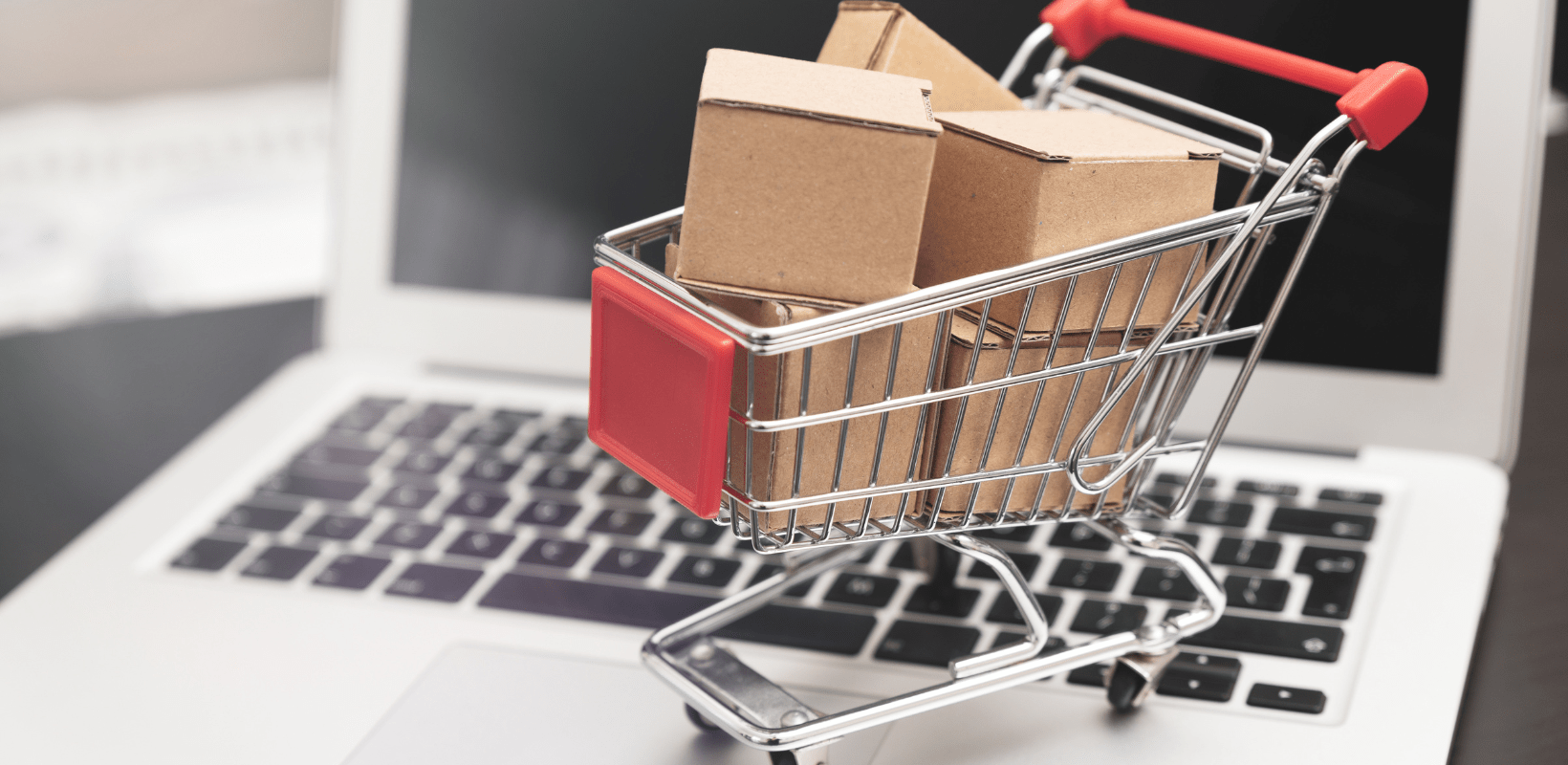

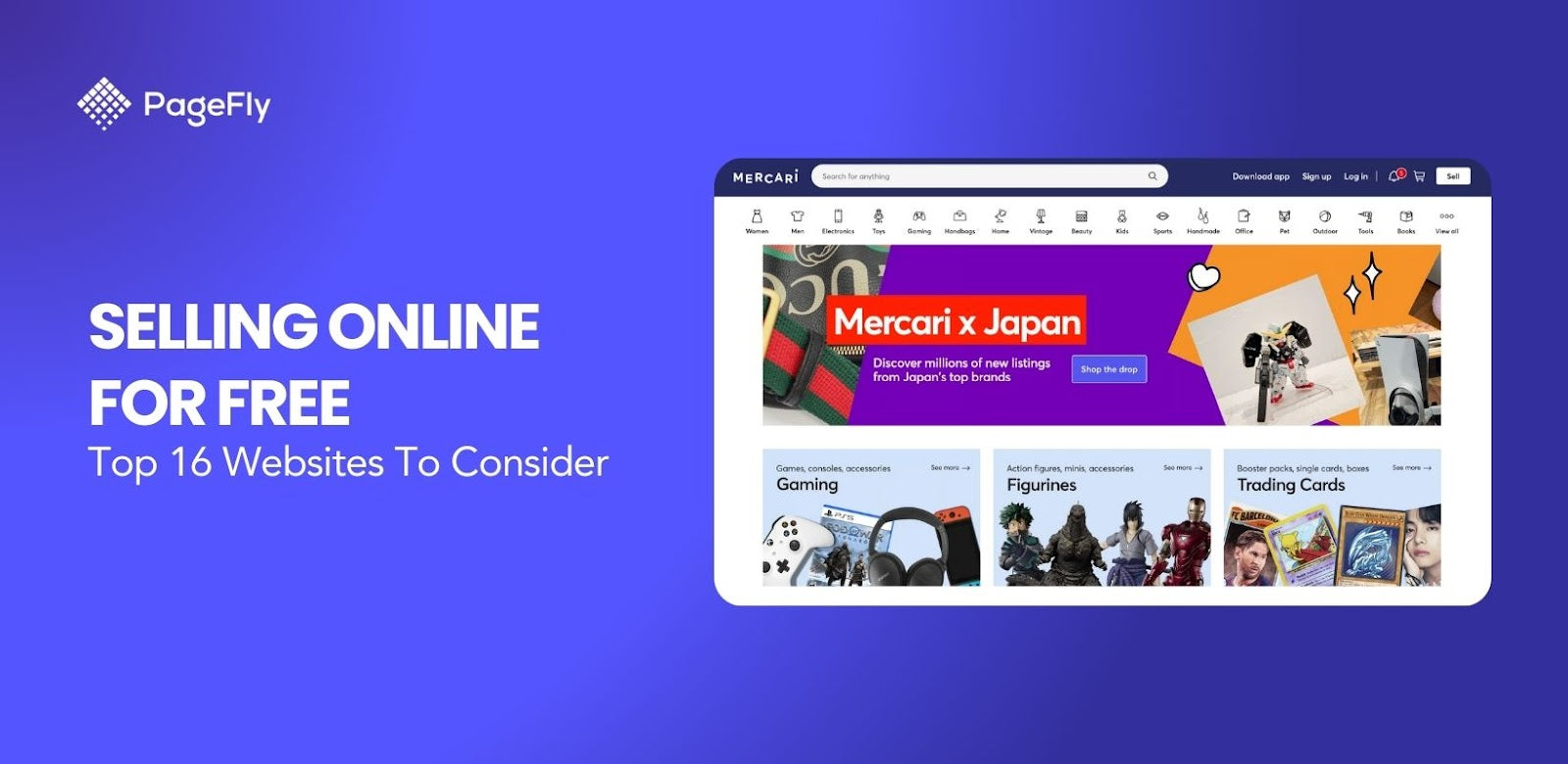
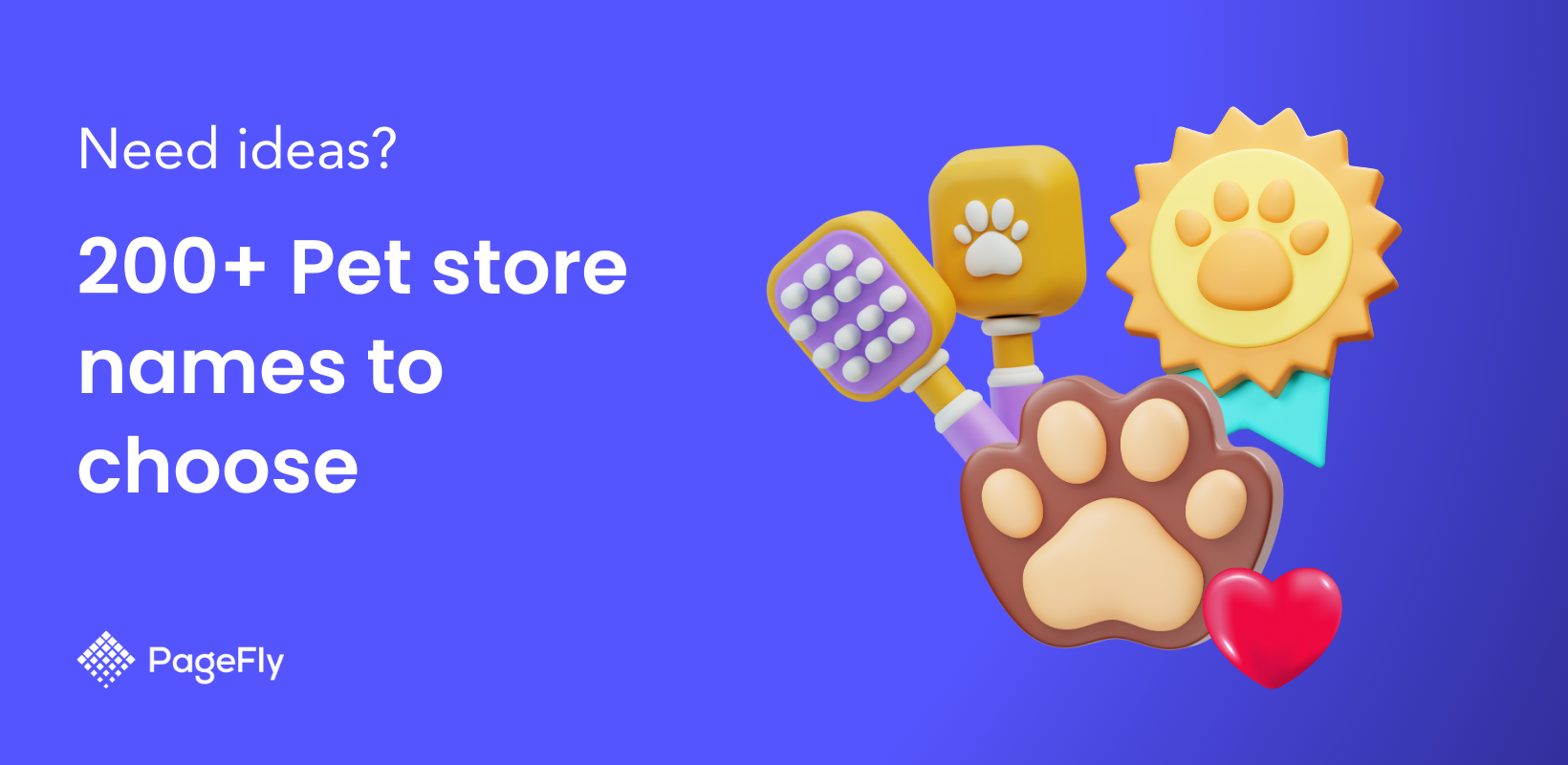
![14 Profitable Small Food Business Ideas for 2025 [Real Numbers]](http://pagefly.io/cdn/shop/articles/1_58b587d2-13db-4aa6-8c19-e40f5c88d3eb.jpg?v=1758255771&width=4460)
![Art Business Names: 350+ Ideas + Free Generator [2025 Updated]](http://pagefly.io/cdn/shop/articles/art_business_name_e94a54e9-d325-4ba3-94ab-7b4297952312.png?v=1760062968&width=1640)
